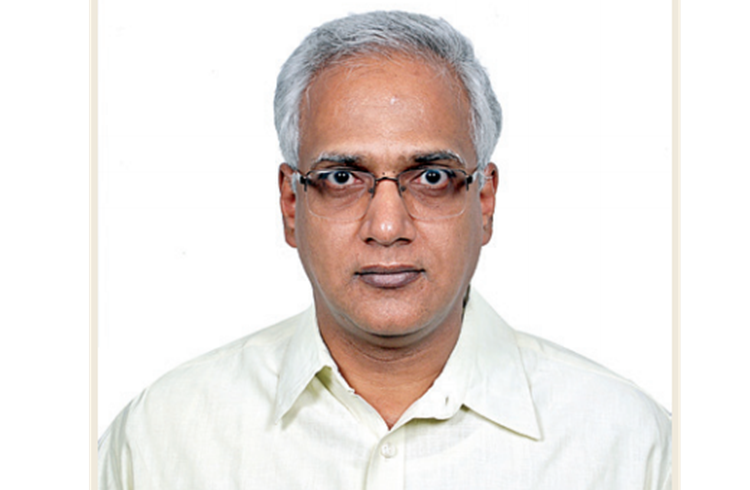'We have bumped up our investments and resource commitments to EVs.'
Karthick Atmanathan, Head – EV & eMobility Solutions, Ashok Leyland, speaks to Sumantra B Barooah on electric mobility in the commercial vehicle space, role of OEMs and product development and market seeding.
Karthick Atmanathan, Head – EV & eMobility Solutions, Ashok Leyland, speaks to Sumantra B Barooah on electric mobility in the commercial vehicle space, role of OEMs and product development and market seeding.
At a broader level, what are the requirements for electric mobility in the CV space to really gain traction? What is a ballpark figure that would make electric mobility sustainable for CV makers?
Since we are talking about a driving ecosystem, one would want to interpret it as a situation where there are lot of electric buses and trucks running in the country. Unless that happens, it's really not a thriving ecosystem.
To make this happen, we will need a few things to happen on various fronts. The first one is what can the government do at the central level. Second, what can the states do at their level, and third, what can the OEMs do from their side. The fourth is the supply chain. The public essentially responds to these inputs.
From the central government’s side, I think the first step has happened when it declared the demand incentives for electric buses. There is more work to be done on that side in terms of conducting communication and education workshops for the State Transport Units, conceiving the policies for large electric delivery trucks. There will be user incentive/ viability gap funding which is required for the first few years, before a thriving ecosystem drives down prices.
From our side, both SIAM as well as Ashok Leyland, we have stopped asking for specific things. What we are now asking for is for time for a halfday workshop with NITI Aayog to sit and discuss the various incentives and impetuses that can be brought in from the Central government.
Government incentives have to be there but not necessarily forever. In your view, what is the timeline that you would need support for? Beyond that, it is up to the government to continue or withdraw support.
Our primary driving factor will be numbers as they build up. We give policy or incentive milestones based on numbers so that it makes money sense to the ecosystem.
Our primary driving factor will be numbers as they build up. So I think the incentive that the Heavy Industries MInistry has declared, if they limit it to say the first, say, 4,000 buses and the power ministry, EESL aggregated demand, if they can have marginal incentives which are steadily going down, if they can have it for the first 15,000 buses.
The Road Transport Ministry apart from the regulatory announcement if they can keep it for the first 50,000 buses, then the whole thing will gradually fall into place. But these are indicative figures.
How big a scope do you see for electric mobility now, especially in the backdrop of what has happened in the past couple of months?
We have been working on electric buses since July 2016. We launched the first platform in the Circuit series in October 2016. That’s what the OEMs have to do. You know the ecosystem is going to be there, the government still has some things to do. But compared to what it was doing or not doing earlier, over the past year the government has shown clear intent that it will get there.
From our side, we have bumped up our investments and the resource commitments that we make as an OEM. This is what we need to do, because if we don’t respond with product development and market seeding, the government policy will not see action and results. To be fair, other commercial vehicle OEMs have also started seeding the market. All people are now working on this and that's the OEM's role.
(This interview was first published in the October 15, 2017 print edition of Autocar Professional)
RELATED ARTICLES
Setrans Mobility Booster Charging top-up 25% EV range in 15 minutes
Two enterprising tech-savvy entrepreneurs Rana Roshan Singh and Vivek Ummat of Noida, Uttar Pradesh-based start-up Setra...
'Our products are proudly 100% designed and made in India'
Creatara Mobility, a New Delhi based electric two-wheeler startup, claims to have tackled various challenges in making i...
'EVs have been around for a much smaller time than ICE, so best practices are still evolving'
EV OEMs and start-ups are under pressure to reduce production costs and bring them close to ICE counterparts. Vaibhav Ku...





 06 Nov 2017
06 Nov 2017
 4016 Views
4016 Views





 Autocar Pro News Desk
Autocar Pro News Desk




